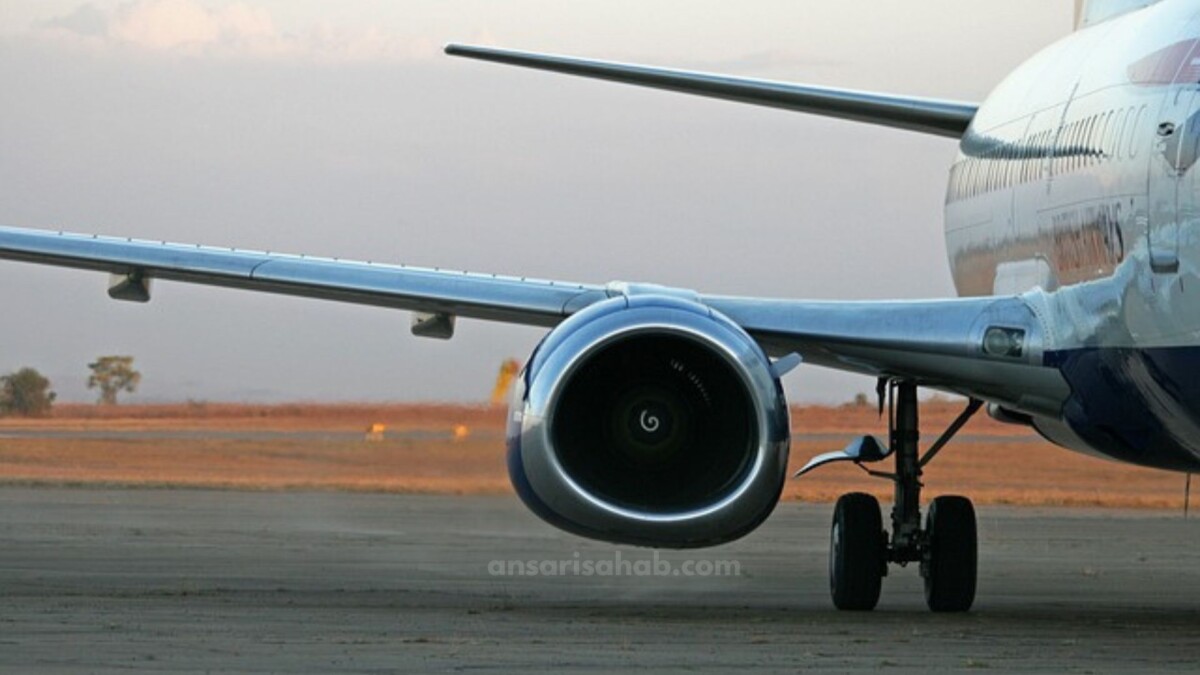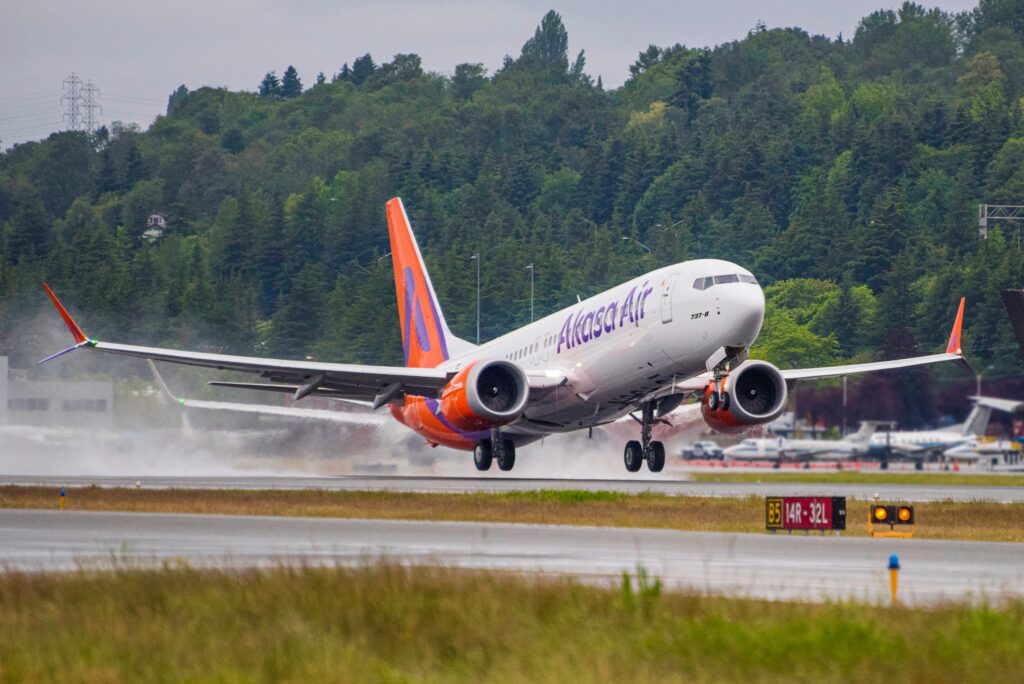The Federal Aviation Administration (FAA) has recently put forth a crucial Airworthiness Directive (AD) aimed at ensuring the safety of Boeing 737 Next Generation (NG) aircraft. This initiative follows a tragic 2018 incident involving a Southwest Airlines flight that suffered an uncontained engine failure, leading to a fatality. The proposal calls for mandatory inspections and potential retrofits to address concerns related to fan blade failures.
Background:
In 2018, a Southwest Airlines Boeing 737-700 encountered an uncontained engine failure during a flight from Chicago Midway International Airport to Dallas Love Field Airport. The incident resulted in the detachment of a fan blade, causing significant damage and a passenger fatality. The subsequent National Transportation Safety Board (NTSB) investigation attributed the fan blade failure to metal fatigue, emphasizing the need for comprehensive safety measures.
The Proposed AD:
In response to the NTSB findings, the FAA’s proposed AD outlines essential steps for Boeing 737 NG aircraft safety:
- Inspections:
- All Boeing 737 NG operators must conduct inspections on fan blades and engine nacelles.
- Inspection intervals and procedures will vary based on aircraft model and engine type.
- Retrofits:
- Certain 737 NG models may undergo mandatory retrofits for nacelle components.
- The retrofits involve replacing susceptible components with redesigned parts to mitigate fatigue cracks.
- Compliance Deadlines:
- Operators face varying deadlines for compliance, with some required to complete inspections in the next few months and others having until July 2028 for retrofits.
Impact on Airlines:
The proposed AD is expected to significantly impact airlines operating Boeing 737 NG aircraft:
- Operational Disruptions:
- Inspections and potential retrofits may necessitate taking aircraft out of service, leading to flight cancellations and disruptions.
- Financial Implications:
- Airlines will incur additional costs associated with inspections and retrofits.
Suggested: JetBlue and Spirit Airlines Merger: Navigating Antitrust Challenges for Industry Transformation
Industry Response:
The aviation industry has responded cautiously:
- Balancing Safety and Costs:
- Airlines express concerns about potential costs and operational disruptions but acknowledge the paramount importance of passenger and crew safety.
Boeing’s Position:
Boeing is actively collaborating with the FAA to address the proposed AD:
- Comprehensive Compliance Plan:
- Boeing is working on a comprehensive compliance plan for the AD.
- Financial Support:
- The company plans to offer financial assistance to airlines to alleviate the financial burden associated with inspections and retrofits.
Looking Ahead:
- Public Comments:
- The FAA is currently open to public comments on the proposed AD.
- Finalization:
- The final AD is anticipated to be issued in the coming months, considering all public feedback.
Conclusion:
While the proposed AD marks a crucial step toward enhancing the safety of Boeing 737 NG aircraft, it comes with notable challenges for airlines. Balancing safety with operational efficiency and financial considerations remains a delicate task. Boeing’s commitment to collaboration and financial support indicates a collective industry effort to prioritize safety in the skies.
Additional Information:
For further details on the proposed AD and related information, you can refer to the following resources:
- FAA Website: Provides detailed information about the proposed AD, including the rule and instructions for submitting public comments.
- NTSB Website: Offers insights into the 2018 incident and the findings of the investigation.
- Boeing Website: Provides information about Boeing’s response to the proposed AD and its compliance plan.
Disclaimer:
This blog post is intended for informational purposes only and should not be considered as professional advice. For specific guidance on the proposed AD and its implications, consult with a qualified aviation professional.









